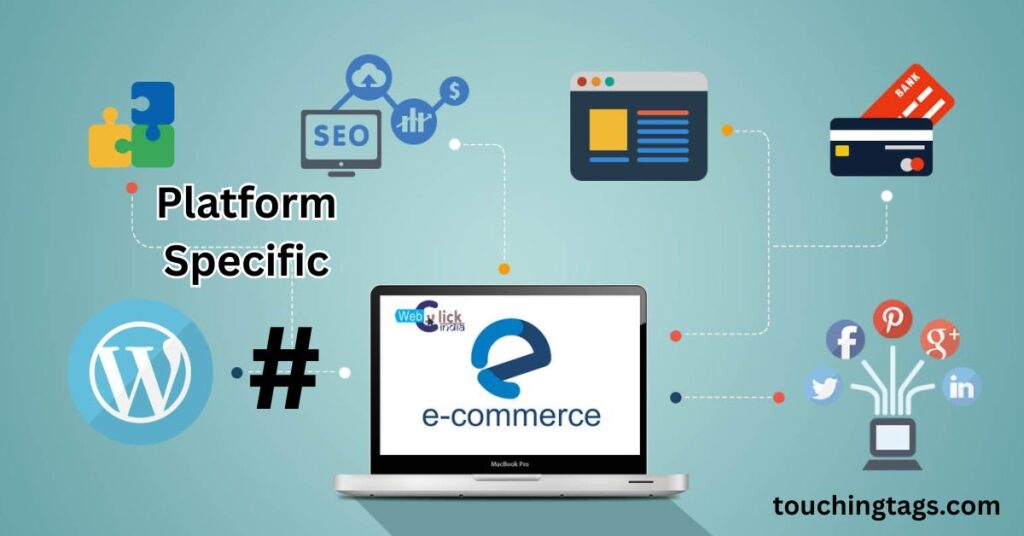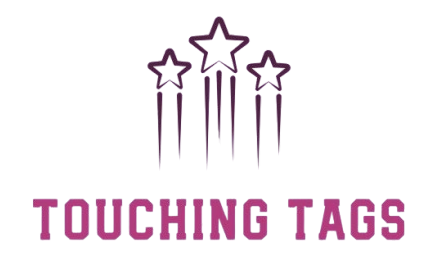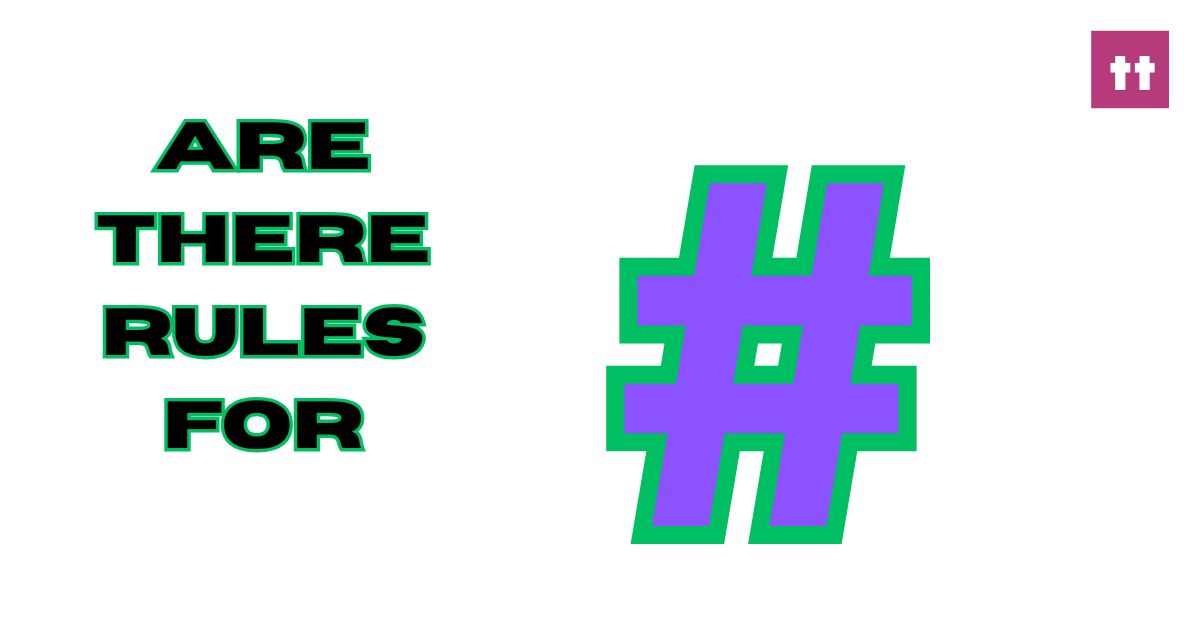Are there rules for hashtags? Yes, and they are more important than ever in 2025. A hashtag is the digital glue that connects your content to audiences that have been looking for content on specific topics. Hashtags can be found across social media including Instagram, LinkedIn, etc. Hashtags categorize your post, help with discoverability, and ignite engagement. Poor use of hashtags can present your post as spammy or even lead to a reduction in its reach.
After reviewing articles, forums, and web communities, I have compiled a complete article about the rules, best practices, and current trends for hashtags. Let me help you learn to master hashtags in social media to help you, the marketer, content creator, or small business owner.
Who Uses Hashtags and What Are Their Challenges?
Hashtags are used by a wide range of people, each with unique goals and pain points.
Social Media Marketers: I work to increase brand visibility and engagement but often struggle to find hashtags that resonate with my target audience.
Content Creators: As a creator, I want to grow my following but find it hard to stand out in crowded hashtag pools like #Photography.
Small Businesses and Individuals: I am to build an online presence but lack the time or knowledge to research effective hashtags.
Nonprofits and Activists: I use hashtags to rally communities around causes but need to avoid overused or controversial tags.
Pain Points
Finding Relevant Hashtags: It is tough to identify tags that attract the right audience without being too broad or too niche.
Also read this blogpost: https://touchingtags.com/instagram-if-hashtag-worked/
Avoiding Spam Flags: Overusing hashtags can trigger platform algorithms, reducing my post’s visibility.
Staying Current: Keeping up with trending hashtags and platform changes is time-consuming.
Measuring Impact: I want to know which hashtags drive engagement, but analytics can be overwhelming.
Goals
My audience wants to increase reach, engage with like-minded communities, and build brand awareness while maintaining authenticity. Are there rules for hashtags that can help? Let us explore.
Common Rules and Best Practices for Hashtags
Across my research, several universal rules for hashtags stand out:
Keep Them Relevant: I ensure hashtags align with my content. For example, using #FitnessMotivation for a workout post attracts fitness enthusiasts, while irrelevant tags like #Random can confuse users.
Avoid Overloading: Most platforms penalize posts with too many hashtags. For instance, Instagram’s algorithm may flag posts with over 10 hashtags as spammy.
Use Proper Formatting: Hashtags do not work with spaces, punctuation, or special characters. For example, #RealTime works, but #Real-Time does not.
Check Spelling: A misspelled hashtag like #SocialMeida instead of #SocialMedia misses the mark and disconnects my post from the conversation.
Mix Popular and Niche Tags: Combining broad hashtags like #Travel with specific ones like #SoloTravelTips balances reach and targeting.
Follow Platform Limits: Each platform has unique guidelines. Instagram allows up to 30 hashtags, but 3-5 is optimal. X recommends 1-2, while LinkedIn suggests 2-3.
These rules form the foundation of effective hashtag use, ensuring my content reaches the right people without looking desperate or spammy.
Platform-Specific Hashtag Rules
Are there rules for hashtags that vary by platform? Yes, each social media platform has its own best practices.

Instagram: I use 3-5 targeted hashtags in captions or comments to boost discoverability on the Explore page. Mixing industry-specific tags like #SocialMediaManager with branded ones like #MyBrandVibes works well.
X: I stick to 1-2 relevant hashtags to join trending conversations. Overusing hashtags here can reduce engagement by 17%.
LinkedIn: I limit myself to 2-3 niche hashtags like #Leadership or #TechInnovation to maintain a professional tone. Overloading looks unprofessional.
TikTok: I use 3-5 trending or niche hashtags in video descriptions to tap into viral trends. Comments can also include hashtags without penalty.
Facebook: I use 1-2 hashtags sparingly, as they’re less effective here but still help categorize content.
Understanding these platform-specific rules helps me tailor my strategy for maximum impact.
Unique Insights and Emerging Trends for 2025
My research uncovered some fresh perspectives on hashtags that are not widely covered:
AI-Driven Hashtag Recommendations: In 2025, AI tools analyze post content and user behavior to suggest hashtags with high engagement potential. These tools are becoming essential for saving time and boosting reach.
Micro-Community Hashtags: Niche communities on platforms like Discord use hashtags to foster tight-knit discussions, such as #IndieGameDev for game developers. These tags help me connect with highly engaged audiences.
Cultural Sensitivity: I research hashtags to avoid cultural missteps. For example, using #BlackLivesMatter for unrelated content can alienate audiences.
Hashtags in Crisis Communication: Brands use hashtags like #ClimateAction to engage in social causes, but I ensure authenticity to avoid backlash.
Hashtag SEO Beyond Social Media: While hashtags don’t directly impact Google rankings, they drive social media traffic, which can indirectly boost my website’s SEO.
These trends highlight how hashtags are evolving beyond simple categorization into strategic tools for community-building and brand alignment.
Do’s and Do nots of Hashtag Usage
To make hashtags work for me, I follow these practical guidelines:
Do
Research hashtags using tools like Hashtagify to find trending and relevant tags.
Create branded hashtags like #MyBrandJourney to build community and track campaigns.
Use CamelCase (e.g., #DigitalMarketing) for readability, especially for screen readers.
Do not
Use overly generic hashtags like #Fun, which attract low-quality engagement.
Overload posts with hashtags, as this can reduce engagement and trigger spam filters.
Ignore platform algorithms that penalize irrelevant or excessive hashtag use.
These do’s and don’ts keep my hashtag strategy clean and effective.
Tools to Simplify Hashtag Research
Finding the right hashtags can be a hassle, but these tools make it easier:
Hashtagify: I use it to analyze hashtag performance and find related tags.
RiteTag: It suggests hashtags based on real-time trends and post content.
Display Purposes: This tool generates hashtag ideas tailored to my content.
These tools address my pain point of time-consuming research, letting me focus on creating great content.
Examples of Winning Hashtag Campaigns
Hashtags can transform campaigns. Take Coca-Cola’s #ShareACoke, which encouraged users to share personalized bottle photos, boosting U.S. sales by over 2%. Or the #IceBucketChallenge, which raised millions for ALS research through viral participation. These examples show how strategic hashtags can drive engagement and brand loyalty.
Adding Value for My Audience
To address my audience’s pain points and goals, I can.
Create Interactive Tools: Develop a simple hashtag generator that suggests tags based on my content and industry.
Offer Platform Guides: Share step-by-step tutorials on using hashtags effectively on each platform.
Teach Analytics: Show how to use platform analytics (e.g., Instagram Insights) to track hashtag performance.
Foster Community: Use branded hashtags to encourage user-generated content and build a loyal following.
Highlight Mistakes: Share real-world examples of hashtag fails to help avoid common pitfalls.
These strategies save time, boost engagement, and make hashtag use less daunting.
Pro Tips
- Test and Track: I experiment with different hashtag combinations and use platform analytics to see which ones drive the most engagement.
- Stay Authentic: I choose hashtags that reflect my brand’s voice and values to build trust with my audience.
Frequently Asked Questions
Q: How many hashtags should I use on Instagram?
A: Stick to 3-5 relevant hashtags to maximize reach without looking spammy.
Q: Can I use the same hashtags on every platform?
A: No, each platform has unique guidelines. For example, use 1-2 on X and 2-3 on LinkedIn for best results.
Q: Are hashtags still relevant in 2025?
A: Yes, they remain key for discoverability and engagement when used strategically.
Conclusion
Sure, there are some rules regarding hashtags. Designing and using effective hashtags is essential for successful social media use in the year 2025. By implementing the rules of using relevant and platform specific hashtags, not overusing hashtags, and staying current, including the use of AI recommendations and micro-community hashtags, I can leverage the power of hashtags to increase the reach and engagement of my content. If I am a marketer, a creator, or a small business owner,
I will be able to use hashtags effectively to connect with my audience, build communities, and ultimately accomplish my goals. If you start experimenting with these suggestions, you will see results!

Welcome to TouchingTags!
I am Lucy Pearl, the heart behind TouchingTags … where names sparkle and Hashtags shine. Even if you are lighting up Instagram, vibing on YouTube, or making magic on Facebook, I’ve got the freshest, funniest, and most fabulous tags to match your vibe. From daily sparks to brand-new starts, Jump deep and make waves in your world.

